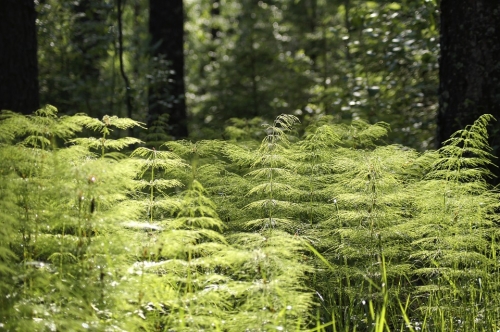Environmental issues are on many people’s minds at the moment. Let’s take a look at ten of the most environmentally friendly expat destinations in the world.
This isn’t a definitive list, but it’s based on studies and reports that have been created over the years, including Yale’s Environmental Performance Index (EPI) 2016 and the Global Green Economy Index from Dual Citizen LLC.These reports and their rankings have been created based on various parameters, many of which overlap in some way or the other, and relate to issues like pollution, use of natural resources, and emissions. They are useful resources for analyzing how environmentally riendly a country is.
The EPI in particular has been described as “the most credible, scientifically based, hard data-based analysis in the world”, so we’ll primarily focus on their rankings and analysis.

Denmark has had some severe pollution problems in the past as a result of agriculture and industry, as well as household waste, but over the last few decades they have made great efforts to control and reverse these effects. In fact, Denmark was probably the first country in the world to enact environmental protection laws back in 1973.
A considerable proportion of both household and industrial waste in Denmark is now filtered or recycled. There have also been measures to control water and land pollution from fertilizers and pesticides, and although more needs to be done, these measures have been quite successful and continue to make progress.
Denmark’s ecological footprint per person is much higher than the world average, and to a considerable extent, this is due to the high production and consumption of meat and dairy products. However, the country is working hard to increase energy efficiency and promote renewable energy.
The Climate Change Performance Index of 2015 singled out Denmark as “an example of how industrialized countries can not only promise, but also implement effective climate protection policies”, showing how, in almost every area from policy to emissions trends, Denmark has been improving at a rate that is much better than most other countries.
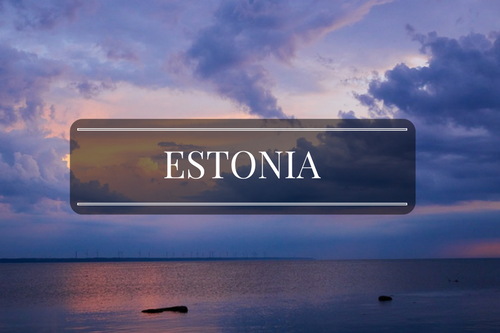
In the past, Estonia has seen some of the worst environmental pollution in the world, and although a considerable amount of it was by the Soviet army during their withdrawal from the country, local industry has also contributed to this pollution, particularly the shale oil industry. Even today, around 90 per cent of Estonia’s electricity comes from shale oil, resulting in huge amounts of sulphur dioxide being spewed into the air each year.
However, this and other kinds of air pollution have been decreasing for decades, and the prevalence of wind power in particular seems to be growing rapidly. There are currently proposals for more than 2800 MW worth of wind power projects in Estonia, which is a massive increase from the current 60 MW.
Over the last few decades, water pollution has also decreased, and there have been successful efforts at environmental protection and forest management. In general, both government policies and public awareness in Estonia have seen a steady rise over the last few decades, boosted by the process of joining the European Union, which happened in 2004.
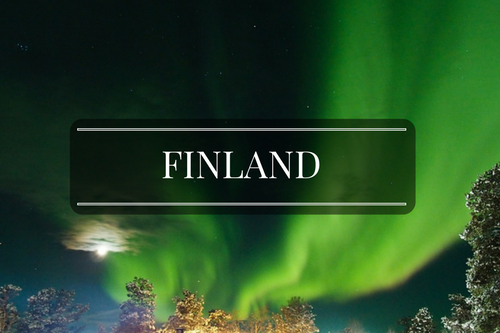
Finland ranked first in the Environmental Performance Index of 2016, and although its ranking in other indexes and reports hasn’t been as good, it has fared reasonably well and all indicators are either positive or steadily improving.
In 2001, the country was among the top five in the world in terms of the volume of its greenhouse gas emissions, and although many problems still remain, it has come a long way from there. The country has done fairly well in terms of protecting its biodiversity as well as its water resources and its air quality, and it scores well in terms of health impact on its population.
Finland has made a strong commitment to achieving a carbon-neutral society by 2050, and is working hard in this direction, with clear targets and measures along the way. The country has a legally binding commitment to having 38 percent of its energy come from renewable resources by 2020, and is already well on its way there.

Although it is one of the most industrialized countries in the world, France today still has forests that account for almost 30 per cent of its total land area, with nine national parks, and a plan to convert a substantial portion of its Exclusive Economic Zone (a sea area over which it has special rights) into a protected marine area.
France’s carbon dioxide emissions are fairly low considering its population and its level of industrialization, and are exceeded by many countries including China, Japan, Germany, Canada, and Mexico. This is primarily because France gets 70 per cent of its electricity from nuclear power. To many people, nuclear power is too risky to be considered environmentally friendly, but the fact is that France has had no major or serious incidents since 1962, when the first nuclear power plant was opened, and the technology is far less polluting than oil- or coal-based power.
France has been highly proactive in terms of both protecting its biodiversity and reducing carbon emissions, and has set ambitious targets for the latter by 2020.
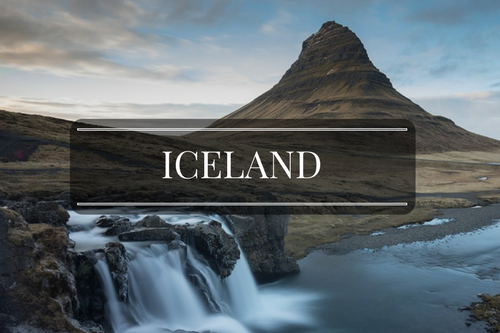
Iceland has one of the highest levels of environmental awareness in the world among its general population, and it also has one of the lowest levels of air pollution compared to other industrialized countries.
Iceland’s natural beauty is an important factor that brings in tourists, and it is therefore very important that it be preserved. Part of the reason why Iceland’s environment has remained relatively unmarred by its industrialization is its small population.
In addition, the vast majority of Iceland’s energy needs are met by renewable energy, specifically geothermal power and hydropower. The country is currently able to produce great amounts of hydrogen for use as fuel at a relatively low cost, and has an impressive network of filling stations that provide hydrogen for motor vehicles. Iceland has the potential to produce a lot more energy from renewable sources than it currently does, and since local demand is limited, the country is looking to sell its environmentally friendly electricity to other countries. The United Kingdom is currently in talks to buy energy from Iceland, which will make it too a lot more environmentally friendly.

Malta is probably the one country that many people will be surprised to see on this list, but the fact is that it comes in at a very impressive ninth place on the Environmental Performance Index. This small Mediterranean island state with a population of only 400,000 people gets a large part of its revenue from tourism, which has encouraged it to protect its natural beauty.
Malta was one of the first countries to ratify the Barcelona Convention, which aimed to control pollution in the Mediterranean, and over the years, it has participated in numerous other measures meant to protect the environment.
The country does have a number of environmental problems, including inadequate water resources and low levels of food and energy production, but these are largely due to its limited landmass and poor natural resources. A number of Malta’s native species are perilously close to extinction, but efforts are being made to protect and revive them.

Portugal lost 24.6 per cent of its tree cover between 2000 and 2014, more than any other country including Brazil. Nonetheless, the country has been doing a lot to protect its environment, and it comes in at seventh place in the overall rankings. In spite of the devastating tree loss, Portugal is still holding on to some of the oldest forests in the world, some dating back to the Earth’s Tertiary period. The country is home to a great variety of species of flora and fauna, and is also an important stopover for many migratory species of birds.
Portugal has an abundance of two important renewable energy resources: wind and hydro power. In 2010, roughly 70 per cent of the energy produced in the country came from renewable sources. Solar energy is also growing in importance, and the country’s distribution system now not only delivers electricity, but also draws electricity from small generators around the country.
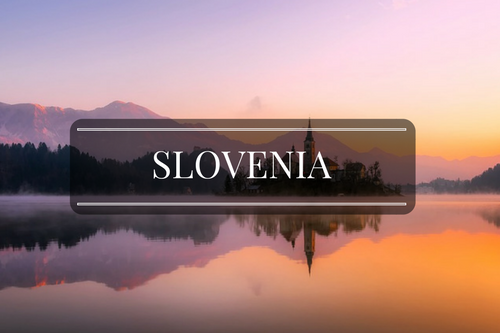
Slovenia has an exceptional amount of biodiversity, and it has managed to preserve a great deal of it, along with its other natural resources. The country has an excellent network of rivers and a rich aquifer system, and around 36 percent of its land is protected under its “Natura 2000” plan. Moreover, more than half of Slovenia’s territory consists of forest land, and in spite of industrialization and tourism, these forests have been fairly well protected.
Of course, Slovenia does have some problems with pollution. Air and water pollution in particular have been a concern in recent years. However, the government has taken steps to reduce pollution in all its forms, and is also focusing on building up its renewable energy capacity in the next few years.

Spain may have been struggling through some tough times economically, but in terms of the environment it’s still doing well. Unfortunately, part of the reason why Spain’s environment is doing well is the economic recession itself – in terms of its environmental policies, Spain has been criticized for doing too little and for actively opposing certain international measures to protect the environment and fight climate change. Nonetheless, Spain comes in at sixth place in the Environmental Performance Index rankings of 2016.
Among the things that Spain is doing right are the development and use of renewable energy – the country is Europe’s biggest producer of wind energy, and it overtook the US in solar energy production in 2010. A considerable amount of Spain’s electricity comes from nuclea, wind and hydro power, and a fairly modest 58 percent comes from fossil fuels.
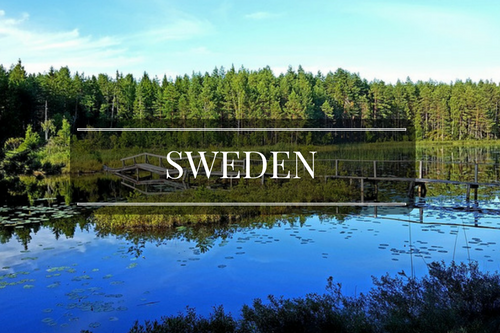
Sweden has many environmental problems that it needs to deal with, including indiscriminate hunting and logging, but one of the main reasons why it scores so well in most environmental reports is the efforts and progress it has made in limiting carbon emissions, especially in the residential sector.
According to the Climate Change Performance Index of 2015, in which Sweden placed fifth, carbon emissions declined by an astonishing 70 per cent over the previous five years. Hydropower makes up 44 percent of the total amount of electricity produced in Sweden, and nuclear power makes up another 47 percent. The country has made huge investments in renewable energy, and is planning to phase out nuclear power as well as its already limited use of oil-based energy. Sweden also has one of the largest protected areas on the continent, the Vindelfjällen Nature Reserve, with over 500,000 hectares of land. On the whole, in spite of being an agricultural country that is highly industrialized, more than 60 per cent of Sweden’s land area is covered by forests.

